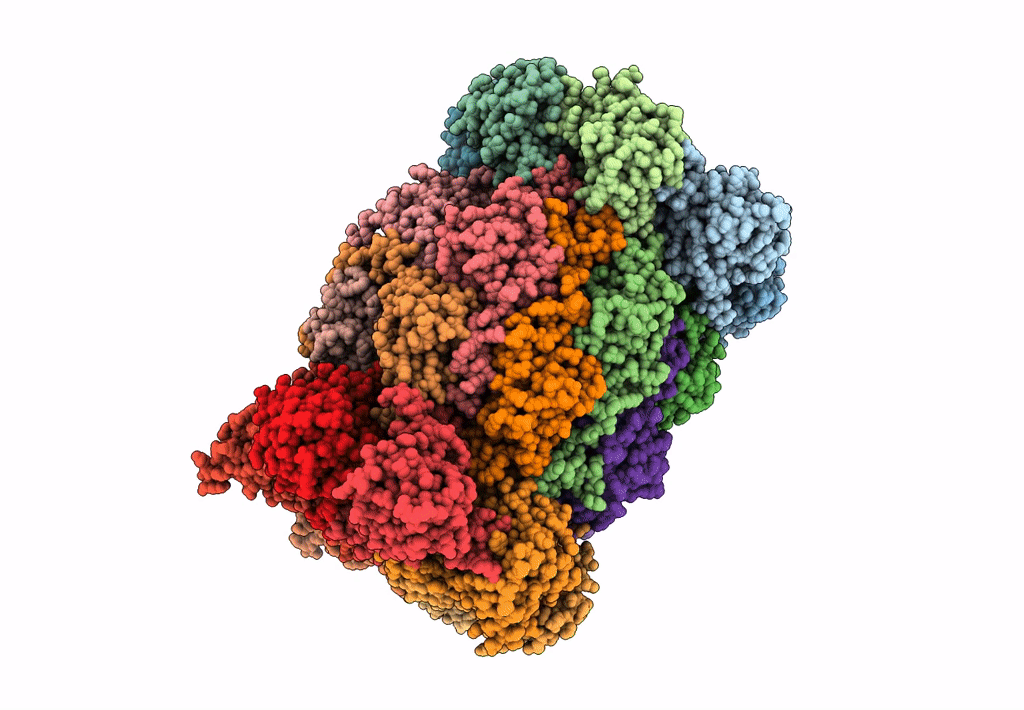
Deposition Date
2023-03-30
Release Date
2023-08-09
Last Version Date
2023-08-23
Entry Detail
PDB ID:
8OLU
Keywords:
Title:
Leishmania tarentolae proteasome 20S subunit in complex with 1-Benzyl-N-(3-(cyclopropylcarbamoyl)phenyl)-6-oxo-1,6-dihydropyridazine-3-carboxamide
Biological Source:
Source Organism:
Leishmania tarentolae (Taxon ID: 5689)
Method Details:
Experimental Method:
Resolution:
2.59 Å
Aggregation State:
PARTICLE
Reconstruction Method:
SINGLE PARTICLE


